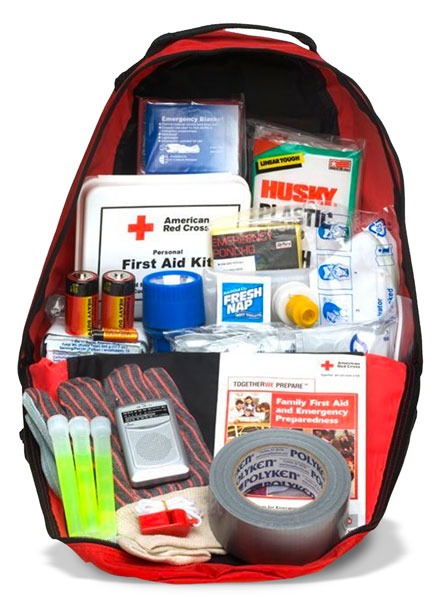Disaster Supply Kit
Disasters are often unexpected. After a disaster, local officials and relief workers will be on the scene, but they cannot reach everyone immediately. You could get help in hours, or it may take days. Would your family be prepared to cope with the emergency until help arrives? Your family will cope best by preparing for a disaster before it strikes. One way to prepare is by assembling a disaster supply kit. Once disaster hits, you won’t have time to shop or search for supplies. But if you’ve gathered supplies in advance, your family can endure an evacuation or home confinement. To prepare your kit review the information below.
The Disaster Supplies & Preparedness Calendar will help you in create your emergency kit over a six-month period. Print the calendar and purchase the suggested items in small increments during your regular weekly shopping.
Supplies
Below are seven basics you should stock in your home. Keep the items you would most likely need during an evacuation in a Go Bag. A Go Bag is a smaller version of your Disaster Supply Kit that you can take if you must evacuate your home.
Your Go Bag should be an easy-to-carry container such as a large, covered trash container; a camping backpack; or a duffle bag. Suggested items for your Go Bag are marked with an asterisk(*).
Visit the Evacuation webpage to learn more.
The Disaster Supplies & Preparedness Calendar will help you in create your emergency kit over a six-month period. Print the calendar and purchase the suggested items in small increments during your regular weekly shopping.
Updated on: September 14, 2021


